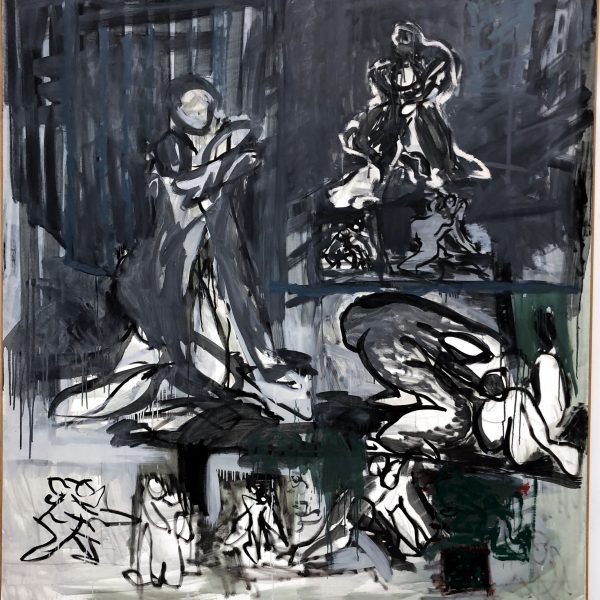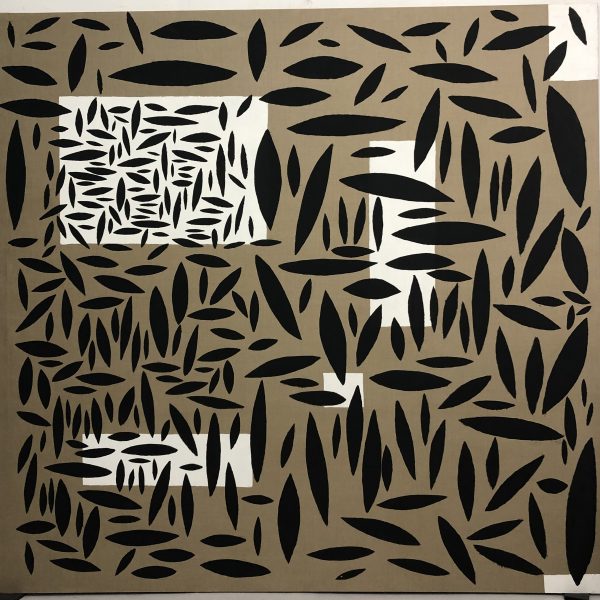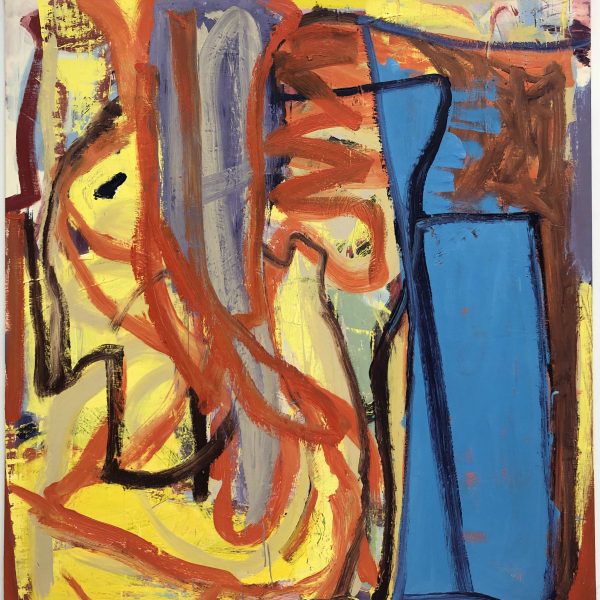Campano, Miguel Ángel
(Madrid, 1948–Cercedilla, Madrid, 2018)
Miguel Ángel Campano is a key figure within the Spanish painting scene in the last few decades of the 20th century and the early 21st century. He is a painter who is difficult to classify, who creates abstract works that are nonetheless closely related to figuration and are markedly gestural and streamlined in their use of colour.
Campano studied fine arts and architecture in Madrid and Valencia. At first, he was associated with automatic formalism and the abstract formulations practised by some artists in the Cuenca Group. Between 1976 and 1977, he lived in Paris, a stay that would prove decisive to his subsequent career, as there he drew close to US Abstract Expressionism (especially Kline and Motherwell) and embarked on his association with the French cultural, artistic and literary tradition. This would lead him to delve into authors and artists like Rimbaud, Poussin, Delacroix and Cézanne, some of whose works he repeatedly reinterpreted during the later decade when he lived in Paris. He participated in the exhibitions 1980 (Galería Juana Mordó) and Madrid D.F. (Museo Municipal de Madrid) and thereafter became one of the key referents in the modernisation of painting.
In the early 1990s, Campano began to work in black on a bare canvas. After successive trips to India in 1994, 1995 and 1996, he regained a rekindled interest in the decorative and in colour. In 1996, he suffered from two embolisms and a stroke which led to subsequent health complications and strict limitations on his ability to work. That same year, he won the National Fine Arts Award.
After 2000, his works became abstract again, with a total spotlight on pure, vibrant colour in homage to his teacher, José Guerrero. Between 2001 and 2003, he once again travelled to India, which changed his work with the addition of decorative patterns. In his last works, the intense colours of his more recent years gave way to white, which became increasingly prominent.



